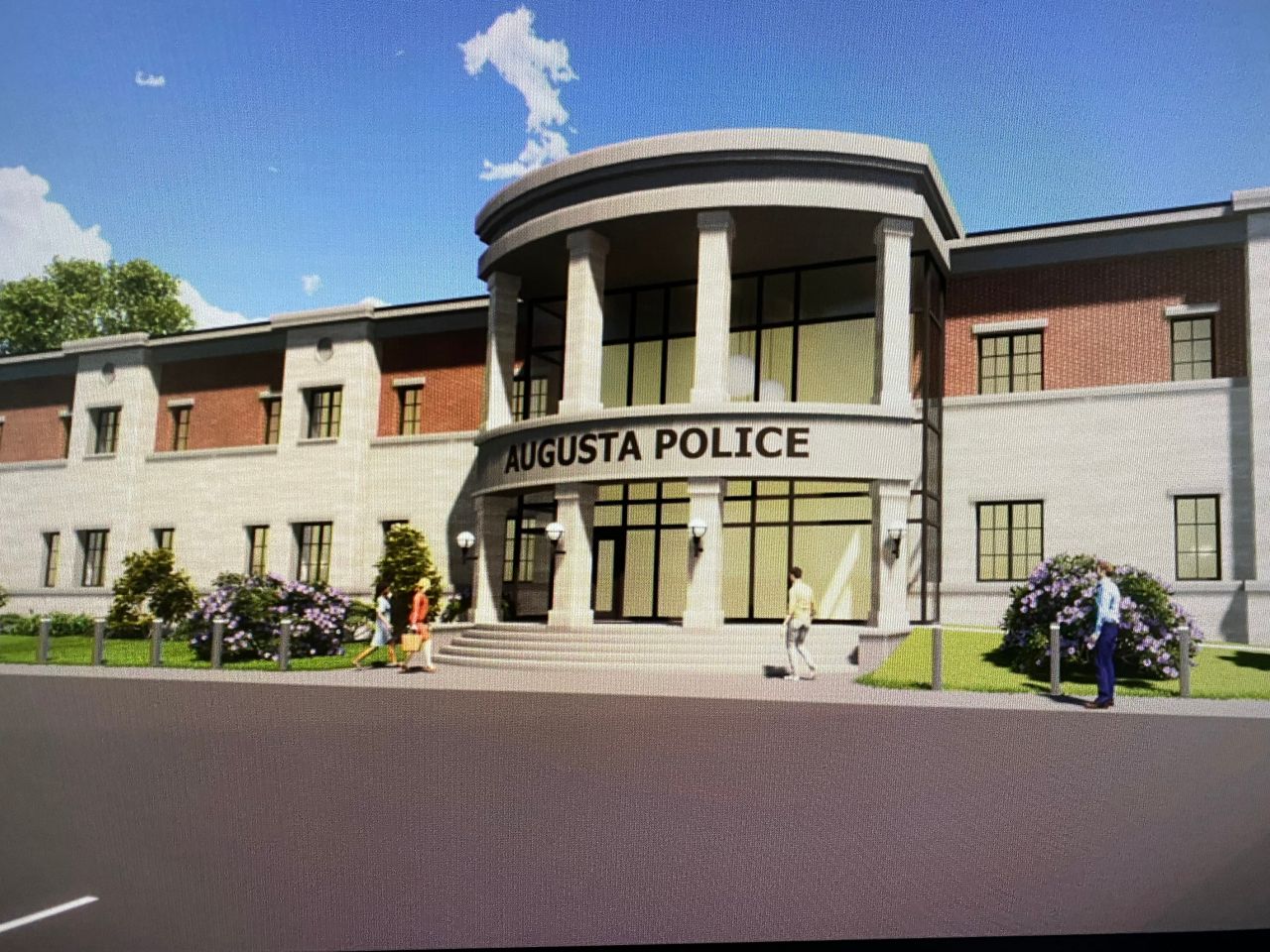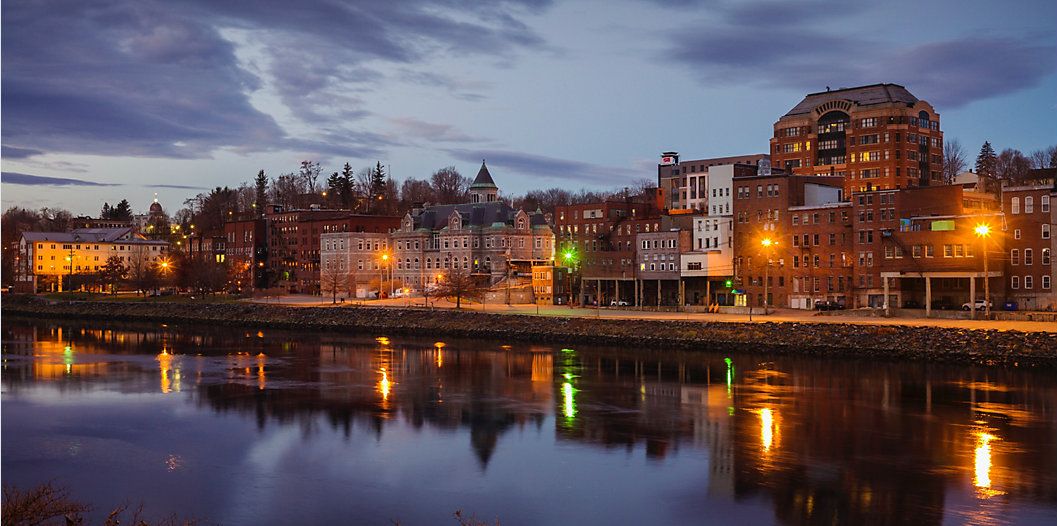The city of Augusta is looking to hire a construction manager for its new police station, which will be built to withstand a 500-year flood and incorporate rooftop solar to cover electric costs.
City Development Services Director Matt Nazar told city councilors at a recent meeting that the building will be designed to meet the needs of a modern police department, including an evidence lab, dispatch center, weapons storage and interview rooms.
Augusta voters first approved the project in June 2021, giving the city the authority to borrow up to $20.5 million to buy the land at 7 Willow St. and to build a new police station. Currently, the site is home to a former Hannaford that’s been shuttered for several years.

The city purchased the property for a net cost of $1.475 million and hired Port City Architecture of Portland at nearly $600,000 to design the building.
Architect Andrew Hyland said the 25,000-square-foot building will be welcoming to the public, secure for the police and built to withstand major flooding that could occur on the Kennebec River nearby.
“We want to make sure that even in the 500-year flood the police station is above the water line,” Hyland said during the April 14 council meeting. “We raised the grade on the entire site up probably three feet as you come up into the rear of the building.”
While the front of the building will be open for public access, the side will be a fenced in parking area for police cruisers with a few electric charging stations for future vehicle purchases, Hyland said. Rooftop solar panels will provide electricity, and a separate storage building will provide covered parking for winter storms or storage for equipment.
Council members praised the design of the building, which will replace the 1962 former grocery store. Nazar presented a “solid concept draft” of the building design, which will feature a sally port at the back to bring in those who have been arrested and a second floor with a training room and fitness center.

Hyland said the exterior has been designed to fit in the state capital, and council members described the proposal as appropriate for the city.
“I see the resemblance of the State House immediately as well as the Gov. Hill mansion,” Councilor Heather Pouliot said. “There’s a lot of similarities and I think it fits really well in Augusta.”
The city plans to break ground by the end of the year, and construction is expected to take about 12 months, Nazar said.
“I’m hedging because I’m keenly aware of supply chain issues,” he said. “It’s making me a little nervous about how that might affect us.”
When pushed by council members about the budget and timeline, Hyland said it’s difficult to come up with accurate prices, but that the simple design will allow them to adjust as necessary. As an example, they are planning to use wood framing but if metal studs are cheaper at the time, they will be able to make the switch, he said.
With a budget of $700 per square foot, Hyland said he is still comfortable with a previous prediction that the project will come in under budget.
“We’re doing everything we can to react to the market, try to give you the best price that we can,” he said.








